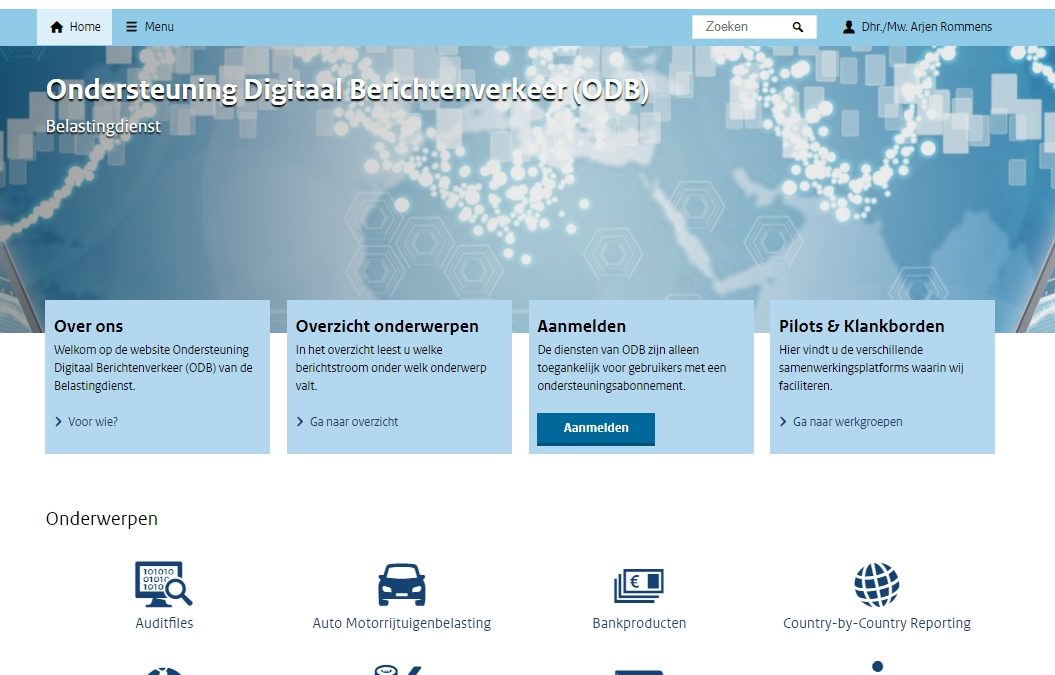On April 21th 2021 the Dutch Tax Authorities released an update of specifications in the Country-by-Country Reporting Guide, version 4.0. The overview includes new specifications and updated XML schemas for the Dutch CbCR XML delivery. From August 4th 2021 it is only possible to deliver CbCR XML Messages based on the new version 4.0 specifications. We have updated the TPGenie CbCR Software Tool with these new specifications. In this article we would like to inform you about the changes we made in accordance with the Dutch updates.
Changes in the Dutch Country-by-Country Reporting specifications v4.0
A number of substantive changes have been made in the format of the Country-by-Country Reporting XML.
- The elements RelNr and UsedSoftwarePackage are made mandatory in the MessageSpec data group. The elements are identifying the software package used for the CbCR delivery. These identifiers were already in place from the very first beginning in 2017 and respectively needed to be filled in with the OSWO ID which is a unique identifier provided by the Dutch Government and name of the software package used to create the XML (in our case “TPGenie”).
- Elements ReportingPeriodStart and ReportingPeriod under MessageSpec data group are removed. This is a great example the Dutch were ahead of the game. In 2019 they added these elements in the MessageSpec section. In 2020 OECD followed by adding these elements as well, however under the ReportingEntity section in the XML. In the most recent version ReportingPeriod data group (with sub-elements StartDate and EndDate) is added under the ReportingEntity section.
- The element EUIncomplete is removed from the MessageSpec section. The EUIncomplete indicator is replaced with a new reporting role enumeration CBC704: “Local Filing with Incomplete Information”.
- Added element NameMNEGroup in section ReportingEntity. The element can hold the name of the MNE group by which the group is commonly known, in case this name differs from the name of the Reporting Entity.
We saw that many countries made it mandatory to add the Name of the MNE group in the Table 3 section. In the Dutch CbCR XML there is added a new specific element for it. We expect the OECD and related exchange countries to follow this example in the future years. The element is not mandatory. - In the ConstEntities section a new element Role is added. The element indicates the role of the Reporting Entity in relation to the MNE group. Additionally it enables the designation of the Ultimate Parent Entity from a list of Constituent Entities belonging to the MNE group.
- We expect the OECD and related exchange countries to follow this example in the future years. The element is not mandatory.
- A new country code ‘XX’ is added. This new country code can be used in the situation where the country is unknown.
We have our doubts about this addition. MNE’s which do not want to disclose information will abuse this new “feature” to stay anonymous.
What’s next?
When studying the changes we noticed the Dutch always are slightly ahead of the game compared to the OECD and other countries. We will not be surprised if the OECD and related countries’ future version updates will also include these new features. At this point most new features are optional. But as we saw it in previous years we are pretty sure that in a next update some elements will be mandatory.
The good news is that you do not have to worry about all these difficult specifications and implementations. The TPGenie CbCR Software Tool takes care of outputting the up-to-date CbCR XML because we have updated the software with all the necessary updates included in the Dutch Country-by-Country Reporting specifications v4.0. The CbCR delivery based on version 3.0 of the specifications can still be sent until July 23rd. Messages based on version 4.0 of the Dutch specifications must be made from August 4th 2021.
More information can be found on the Dutch Support Digital Messaging (ODB) website, however, you will need to create a login. So if you have questions it is easier to contact us:

Recent Comments